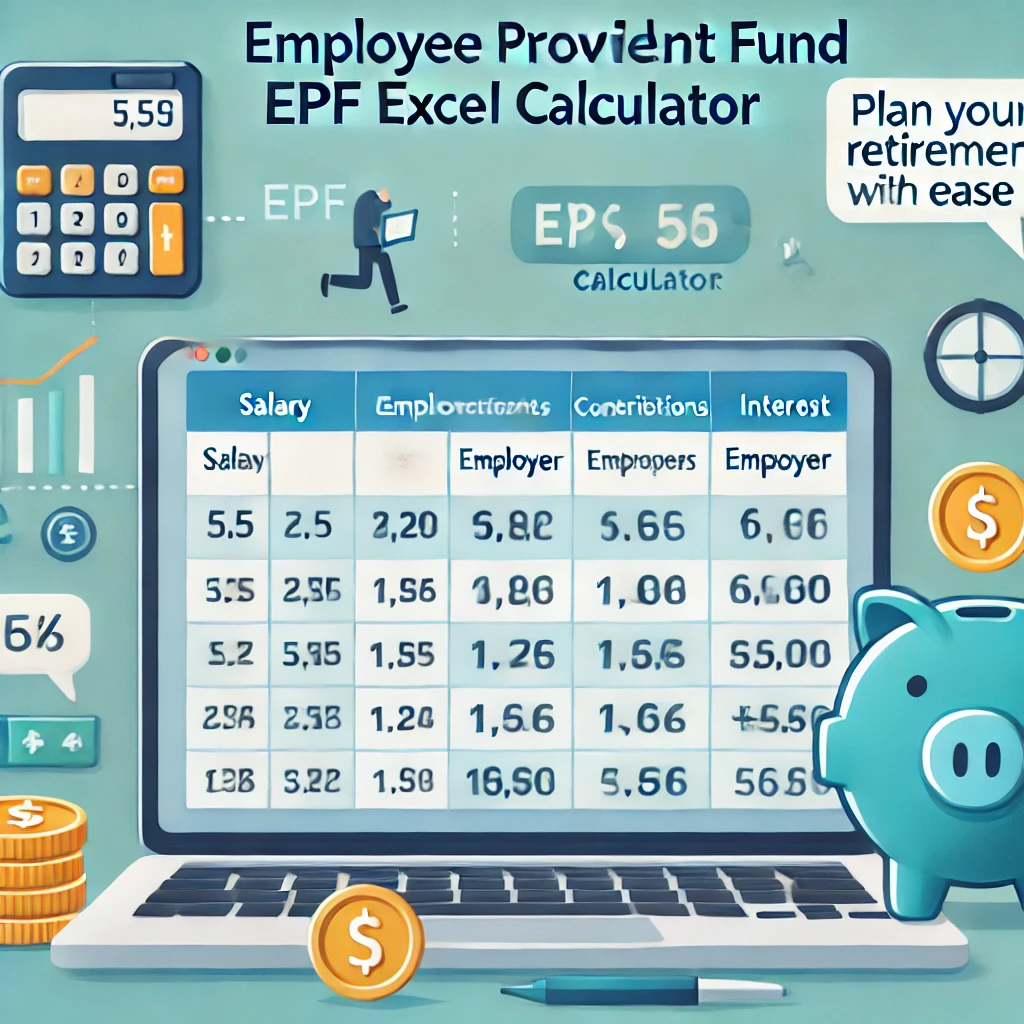A UPS pension scheme aims to simplify and consolidate various pension systems under a single framework, ensuring a more inclusive and efficient way of managing retirement benefits. Such a scheme brings uniformity, transparency, and ease for employees and employers alike. Recently, the Government of India announced significant reforms related to pension schemes to secure employees’ retirement and enhance financial stability.
This article discusses the benefits of a unified pension scheme, recent government announcements, and how it will impact employees.
What is a Unified Pension Scheme?
A unified pension scheme integrates multiple existing pension systems into a single, standardized structure. It eliminates complexities, streamlines contributions, and ensures better fund management. Unified pension schemes are designed to offer retirement income security for all categories of employees, including those in the organized and unorganized sectors.
Benefits of a UPS Pension Scheme
- Ease of Contribution and Management
Employees and employers contribute to a single system, reducing administrative burdens.
A centralized framework ensures efficient monitoring and tracking of funds.
- Uniform Benefits for Employees
Ensures consistent pension benefits across various sectors.
Removes discrepancies between public and private sector employees.
- Portability
Employees can seamlessly transfer their pension accounts across jobs and locations.
Helps workers in the gig economy and unorganized sectors access pension benefits when they switch jobs frequently.
- Transparency and Efficiency
A unified system ensures better transparency in fund management and disbursement.
Reduces the risk of fund mismanagement or delays in payouts.
- Social Security Coverage
Expands the coverage to include workers in the unorganized sector who often miss out on pension schemes.
Encourages greater participation in retirement savings programs.
- Simplified Grievance Redressal
A single system enables faster resolution of employee grievances related to pensions.
- Increased Returns on Investment
Pooled resources allow for better fund management and investment strategies, leading to higher returns for retirees.
Recent Announcements by the Government
In recent years, the Government of India has introduced various initiatives and reforms aimed at creating a unified pension framework:
- Universal Pension Coverage
The government has announced plans to extend the pension system to all workers, including those in the unorganized sector, gig workers, and self-employed individuals.
- Integration of Pension Systems
A proposal to unify the Employees’ Pension Scheme (EPS) under the EPFO and the National Pension System (NPS) has been discussed. This move aims to provide seamless portability and uniform benefits for all employees.
- Increased Pension Contributions
The government has suggested revising the contribution limits for pension funds under the NPS to provide better retirement income security.
- Higher Pension Options for EPS Members
In 2023, the government allowed EPS members to opt for higher pension contributions based on their actual salary instead of a capped amount. This reform ensures higher monthly pensions upon retirement.
- Digital Pension Management Platform
A digital platform for managing pension contributions, tracking accounts, and resolving grievances is being developed. This initiative will increase transparency and improve the user experience.
- Tax Benefits
Enhanced tax benefits for NPS contributions, including the ₹50,000 additional deduction under Section 80CCD(1B), make the system more attractive for employees.
How the Unified Pension Scheme Will Help Employees
- Better Retirement Security
A unified pension scheme ensures that employees from all sectors, including gig workers, have access to retirement savings.
- Higher Pension Amounts
Recent reforms, like the option for higher contributions under EPS, will provide employees with larger pension payouts after retirement.
- Seamless Job Transitions
Portability under a unified system benefits employees changing jobs or moving across sectors, allowing them to retain and grow their pension funds.
- Improved Access for Unorganized Workers
The inclusion of gig and informal workers ensures social security for those previously excluded from pension systems.
- Simplified Pension Management
A single system reduces confusion, making it easier for employees to track contributions, resolve disputes, and understand their benefits.
- Enhanced Savings Culture
Tax benefits and simplified systems encourage employees to save more for retirement, ensuring long-term financial stability.
Challenges and Solutions
- Implementation Complexity
Integrating multiple systems into a single framework requires coordination and effort.
Solution: Gradual implementation with a focus on technology-driven platforms.
- Awareness Among Employees
Many workers, especially in the unorganized sector, lack awareness of pension schemes.
Solution: Nationwide campaigns to educate employees about the benefits of unified pension schemes.
- Administrative Costs
Initial costs for setting up a centralized framework could be high.
Solution: Optimize expenses through digital platforms and efficient fund management.
Conclusion
A UPS pension scheme represents a transformative step toward ensuring social security for all workers in India. By addressing the disparities between different pension systems and providing universal coverage, the government is paving the way for a financially secure retirement for millions of employees. With recent reforms aimed at inclusivity, transparency, and higher returns, the unified pension framework will undoubtedly play a pivotal role in strengthening India’s social security system.
Employees, employers, and policymakers must work together to embrace these changes for a brighter financial future.


